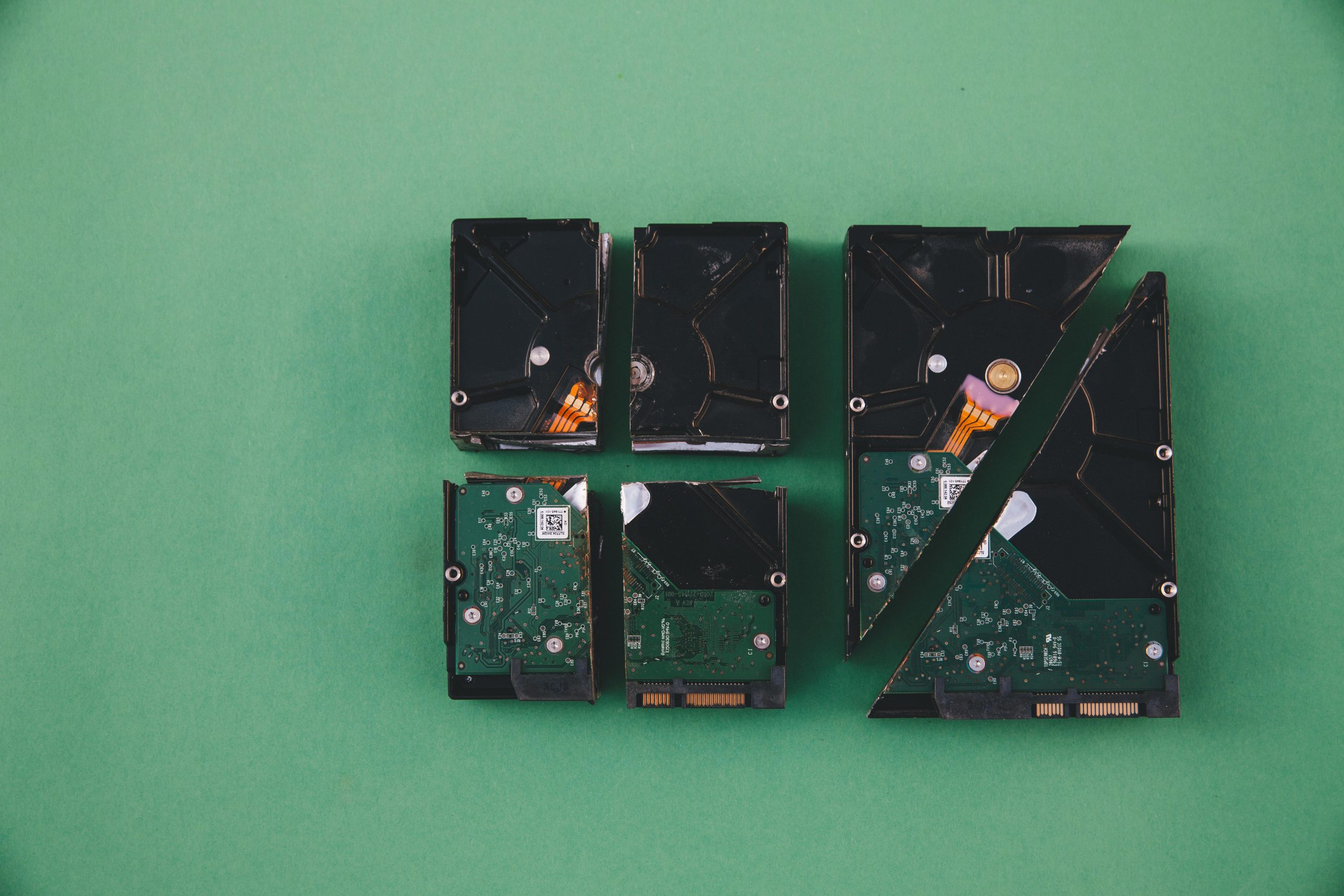Effective Strategies for Recovering Data from a Corrupted SSD: A Professional Guide
Introduction
Experiencing a sudden system crash can be a distressing event, especially when important data is at stake. Recently, an individual encountered a critical issue with a Transcend 512GB SSD (model TS512GMTE110S) after a system freeze during gaming and file extraction. The result was the SSD appearing as “Unallocated” and “Not Initialized” in Disk Management, with no obvious data loss but significant accessibility issues. This article provides a comprehensive overview of potential recovery steps, emphasizing safe data retrieval methods and professional best practices.
Understanding the Issue
Upon system reboot following a crash, the PC displayed the ASRock splash screen before transitioning to a black screen, despite BIOS recognizing the SSD. Notably, the boot menu indicated no storage devices were detected. Removing the SSD and connecting it externally revealed it as uninitialized and unallocated in Disk Management. Such symptoms typically point to file system corruption or partition table damage caused by abrupt shutdowns or hardware faults.
Assessment of the Situation
Initial diagnostics included:
- Verification in File Explorer: No drive detected.
- Disk Management: Drive appears but uninitialized and unallocated.
- Use of data recovery tools such as UFS Explorer, DMDE, and Raised Data Recovery: Visual inspection of recovered data indicating presence of recognizable folders.
These steps suggest that the data still resides on the drive but is inaccessible due to partition issues.
Recommended Data Recovery Approach
Given the scenario, it is crucial to proceed cautiously to avoid overwriting potentially recoverable data. The following steps outline a safe, professional approach:
-
Stop Using the Drive Immediately
-
To prevent further data loss, cease any writes or formatting attempts on the SSD.
-
Create a Sector-by-Sector Image of the SSD
-
Use reliable disk imaging software (e.g., Clonezilla, Macrium Reflect, or ddrescue) to create an exact backup of the drive’s contents.
-
Work only on the cloned image to preserve the original drive’s state.
-
Analyze the Disk Image with Data Recovery Tools
-
Employ advanced recovery software like R-Studio, PhotoRec, or DiskGenius on the disk image.
-
These tools can scan for file signatures and reconstruct directory structures.
-
Identify and Recover Critical Data
-
Focus on the folders and files that are recognized but inaccessible.
- Use the recovery software’s preview feature
Share this content:


